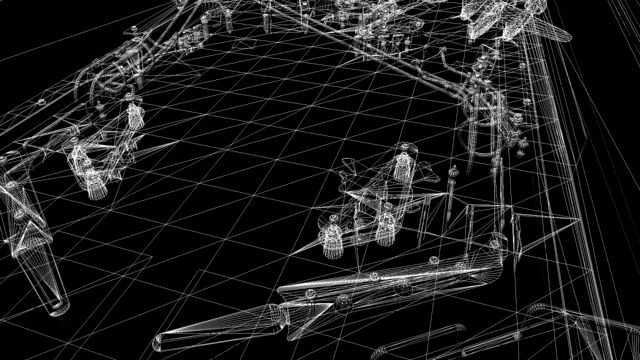
Let us share some insight into the ancestral concept of time. The ancient people of Thule and the Eurasian steppes didn’t see time the way we do today. We see time as being linear, going from the past through to the present and into the future. The march of time is always forwards and never goes back.
The ancient people of Thule and the Eurasian steppes didn’t see time the way we do today. We see time as being linear, going from the past through to the present and into the future. The march of time is always forwards and never goes back.
As a society, we tend to focus more on the future than the present, and consider anyone who concerns themselves with the past as anachronistic, “stuck in the past” or worse. Thinking about the past is often seen as a waste of time. For the people of the ancient Thule, the past was alive, it was real, and it shaped the present.
To the inhabitants of the ancient world, time was cyclical, it turned like the seasons do, and like a stairway or spring with each turning of time laying upon the past. The present is constantly becoming.
The Norse personified the present with the three Norns. Verdandi (in Old Norse, roughly pronounced Ver-than-di). Her name means ‘to twist’ or ‘to turn’, like time itself does. Another meaning is ‘to become’, but what does the present become? What can the current moment turn into? There is only one thing that the present can become, and that is the past. The past consists of layers of time in which significant, and repeated actions continued to shape the present. It is as the motivational speakers say, “who you are today is based on everything you did five years ago.”
Sign up for our newsletter to receive exclusive updates